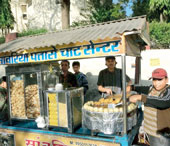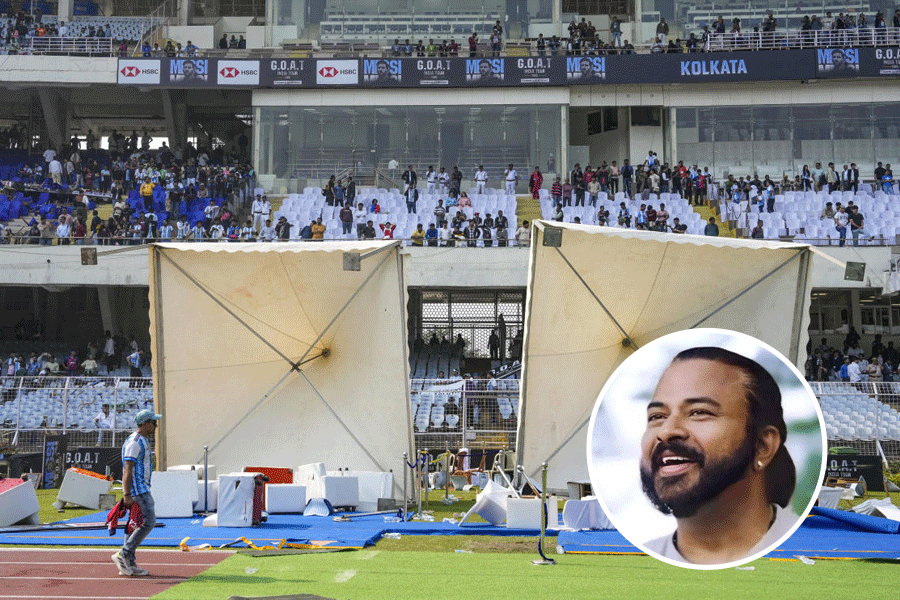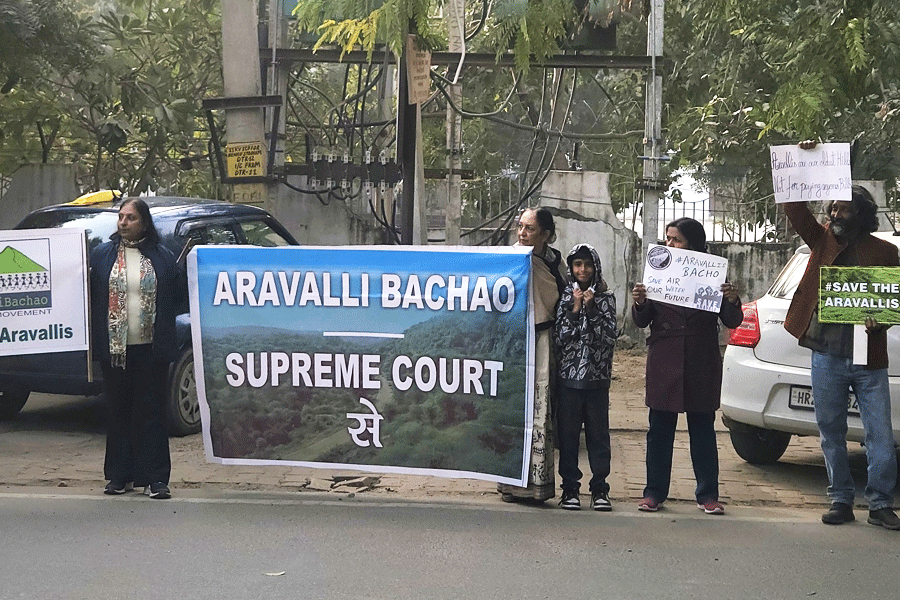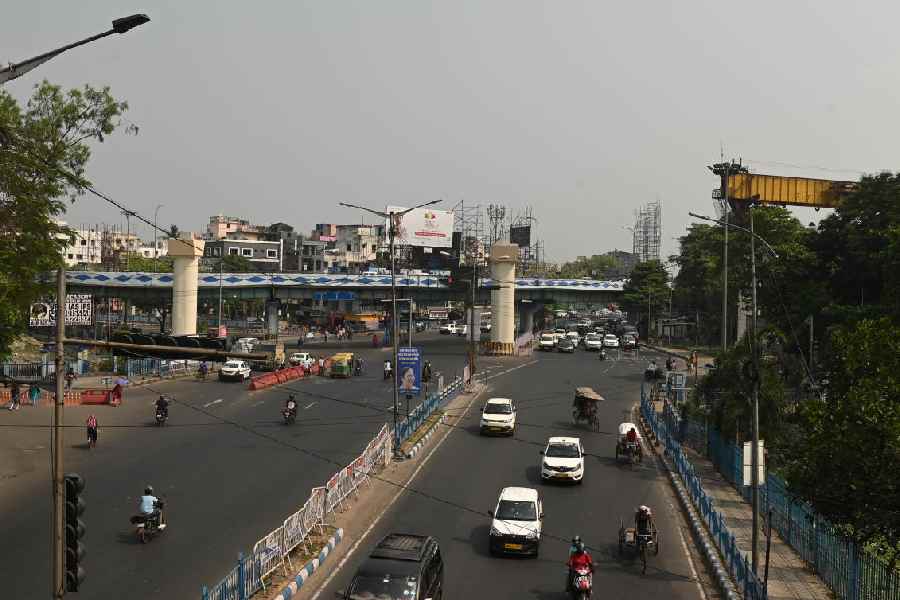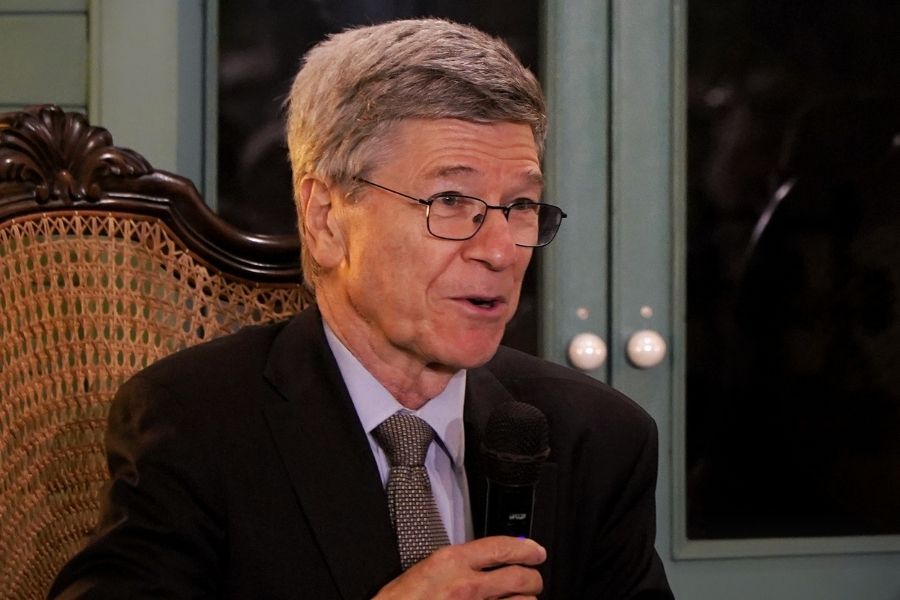 |
The Congress government has a business model which it has pursued with vigour, and if the last decade’s experience is anything to go by, success. It involves building up a brand out of the descendants of forgotten Feroz Gandhi, and transferring billions taken forcibly from honest taxpayers to recipients it considers deserving, with a handsome commission collected by its supportive intermediaries. When last counted, there were a dozen schemes of the Central government, ranging from Rajiv Gandhi Udyami Mitra Yojana to finance small entrepreneurs in the Northeast to Rajiv Gandhi Shilpi Swasthya Bima Yojana, a workers’ health insurance scheme; 52 state government schemes ranging from Indira Gandhi Utkrishta Chhatravritti Yojana for 12+2 students in Himachal Pradesh to Indira Gandhi Calf Rearing Project, which is supposed to give female calves to families in Andhra Pradesh; trophies ranging from Rajiv Gandhi Memorial Jhopadpatti Football Tournament, a slumdwellers’ tournament in Rajura (in Chandrapur district, Maharashtra) to Rajiv Gandhi Beachball Kabaddi Federation; institutions from Kamal Kishore Kadam’s Jawaharlal Nehru Engineering College in Aurangabad to Rajiv Gandhi School of Intellectual Property Law in Kharagpur (Calcutta); and innumerable awards, fellowships, roads and parks. Since the Congress still honours the convention of not naming things after living people, Sonia and Rahul are disqualified. That leaves Motilal and Jawaharlal Nehru and Indira and Rajiv Gandhi. Roughly 90 per cent of the objects are named after Rajiv Gandhi, 9 per cent after Indira Gandhi, 1 per cent after Jawaharlal Nehru and none after Motilal Nehru. And yes, the manual employment scheme is named after Mohandas Karamchand Gandhi, and the foodgrain distribution scheme awaits the death of another Gandhi.
After being at the receiving end of criticism of this brand promotion programme, the prime minister recognized that it created opportunities for enormous corruption. Although it was all in a good cause called the Congress, he had second thoughts, and decided that benefits should be delivered in the form of bank transfers. That required every potential beneficiary to have a bank account. The king issued a command to the Reserve Bank: tell banks to open a bank account in the name of every adult. Government banks were his own, and should have obeyed him instantly. But they dragged their feet. They opened a few branches in what they called villages; but most were in small towns. At their pace, they would not cover the adult population in two centuries.
So the Reserve Bank invented the stupidly named business correspondent. He was not to be a bank employee. He would be a local shopkeeper or cellphone seller. He would collect money from a city bank; villagers in his vicinity would then be able to collect their subsidies from him. But the idea did not work very well. Banks did not appoint enough BCs, certainly not enough to cover the country; and those they appointed did not deliver very satisfactorily.
Part of the problem is that the government subsidizes only the poor; the poor are not those without means, but those certified as poor by a government functionary. The functionary is gram pradhan or someone like him in the village, and neither his industry nor his honesty can be relied upon. This is why the government is so devoted to the public distribution system. The way the prime minister thinks, only a poor man would go to the ration shop time after time, waste his time, go again if the shopkeeper does not give him grains, all for a few rupees’ subsidy. This is called self-selection.
Self-selection can work where the victim sees the need and the benefactor is prepared to serve him. For instance, the United States of America has offices where the poor can go and get food stamps. The people they meet there are so unattractive, and the processes so repulsive, that only someone in need will seek a food stamp. A poor person can take a food stamp to say, a hamburger shop and get a hamburger free. The reason this works is that there are hamburger shops all over the US. There is nothing equivalent in India. There are dhabas and their equivalents, but as real estate costs rise in cities and along highways, dhabas are going upmarket.
So we need a bright idea. P.V. Sukhatme had one. He was a statistician. He made a career in Food and Agriculture Organization. There he developed certain views. He believed that a person’s calorific requirements depend on his body size; Indians are racially smaller than Europeans, and food requirements worked out for Europeans are too high for them. He worked out the relationship between body size and food requirements. After retirement, he came back to his (and my) Poona, and started cheap eating places. He let his cooks eat as much as they could, and found that 1,700 calories were enough for them. So he set up street stalls and started selling thalis with 1,700 calories of roti, dal and vegetables.
The Shiv Sena got its idea of zhunka bhakar from him. It uses its food shops to create an army of hooligans, not to remove hunger. It is a good way of removing hunger; it can be implemented by a well funded political party in Bombay’s slums, but it cannot be done by the government; it would not have the motivation and discipline.
For a national programme, we need an eatable that is durable, light and solid. The only such Indian eatable I know is chiki. It is common in Maharashtra; as trains run between Bombay and Poona, young men cling to the windows and sell packets of chiki to passengers. The chiki they sell is peanuts or sesame seeds embedded in gur (unrefined sugar). One gets variants of chiki all the way north; in Delhi, they are a seasonal ware sold in winter by rehriwallahs (hand-cart pushers) who sell murmura (parched rice), chana (parched gram) and bhel (a mixture of dry edibles mixed with chillies, chutney, sweetened tamarind water, etc). A round biscuit of chiki with water is an adequate, nutritious and balanced meal in the absence of normal food. It can be standardized into an industrial product.
The government should subsidize — that is, give a negative excise duty to — this standardized chiki. To do so, it will have to license chiki factories; it should ensure that they employ the most efficient, mechanized technology. As long as they meet the standards of technology and quality, there should be no limit on the number of factories; the number of hungry poor will limit the production. If the government ensures the elimination of hunger by chiki, it will no longer have to buy millions of tons of foodgrains, give out billions in bribes, and bring prosperity to trillions of mice. And it will have a readymade solution for famine anywhere in the world; all it will have to do is to buy a few thousand tons of chiki and ship them to Bottomlessland. Maybe the rest of the world will develop a taste for some brands of chiki, and it will become a sizeable export. It will go towards bridging India’s yawning payments deficit. The finance minister should persuade his boss to take this idea seriously.

